Let us delve into these 10 literary regional gems, which give us an idea about the soul of each state, nurtured by its history, shaped by its culture, and preserved through the creative power of its writers.
Literary Regional Gems: Let’s be clear: translating literary gems is never easy. Navigating through a labyrinth of linguistic nuances, cultural expressions, and artistic subtleties makes translations one of the most difficult and underappreciated literary skills. And there always lies a risk that a little something will be lost in translation, which is equivalent to risking the loss of the soul of the original piece. Compiling a list of translated works for our esteemed readers means we must go through the same ordeal to a certain degree.
In the grand tapestry of India’s literary heritage, the challenge of selecting 10 culturally and literally rich states in itself is as hard as it gets, and then just one translated work from each seems monumental. The linguistic diversity, script variations, and colloquial quirks unique to each state add layers of complexity, making it a journey as intriguing as the stories themselves.
But as I learnt more about the history and heritage of the myriad languages and scripts, and how literature itself has evolved across India, I realised that these states share common threads that weave their stories together. Some of them are:
- First, the patronage of dynasties throughout history has been an influential sponsor of literature, birthing literary treasures that continue to resonate across centuries. From Chalukya, Rashtrakuta, and Vijayanagara empires in Karnataka in the South to the Ahom dynasty in far the North-Eastern regions of Assam. Nalanda and Vikramshila still stand tall today, reminding us of the importance such learning centres in our culture.
- Second, spirituality and philosophy go hand-in-hand in India. For a long time, they dominated the literature field as well. A significant early contribution came from “Sangam Literature” and the “Bhakti Movement”, with its devotional poetry and lyrics, providing insights into societal norms, cultural practices, aesthetic sensibilities, and emotional landscapes.
- Third, the timeless classics “Ramayana” and “Mahabharata” have transcended linguistic boundaries, serving as sources of inspiration for countless narratives. Ezhuthachan, often referred to as the “Father of Malayalam Literature,” translated them into Malayalam, and so did Tulsidas in Hindi – thus making them accessible to the common masses.
- Fourth, the colonial era’s impact on socio-political landscapes has left an indelible mark on literature, reflecting the societal transformations of those times. Authors, irrespective of their regional location, united and amplified their voices to sensitise and teach about class inequality, education, empowerment, and social reforms.
- Lastly, as India learns to embrace its post-independence freedom, contemporary authors navigate the delicate balance between tradition and modernity. Their choice of themes reflects not only the changing face of their societies but also the evolving intellectual and artistic pursuits of their regions.
We embark on this literary exploration a few days after celebrating the 77th Indian Independence Day, reminding ourselves that these literary treasures are a celebration of the nation’s freedom to express, flourish, and grow.
- 1. Tamil Nadu: Epic Narratives in Ponniyin Selvan
- 2. Kerala: Soulful Place in "The Legends of Khasak"
- 3. Karnataka: Cultural Richness in "Ghachar Ghochar"
- 4. Maharashtra: Contemporary Struggles in "Kari"
- 5. Gujarat: Culture and Expression in "Saraswatichandra"
- 6. Punjab: Partition Pain in "Toba Tek Singh"
- 7. Uttar Pradesh: Rural Realities in "Godan"
- 8. Bihar: History and Identity in "Raag Darbari"
- 9. Assam: Cultural Diversity in "The Man from Chinnamasta"
- 10. West Bengal: Intellectual Discourse in “Gora”
1. Tamil Nadu: Epic Narratives in Ponniyin Selvan

Let’s start with something fresh in our memory – Ponniyin Selvan, a classic historical novel by Kalki R. Krishnamurthy. Originally composed in Tamil, this epic saga is set during the Chola dynasty era and follows the tumultuous journey of Arulmozhivarman, a prince entangled in political intrigue and personal vendettas. The novel captures the grandeur, politics, and emotions of a bygone era. It delves into themes of loyalty, betrayal, and ambition, reflecting the complexities of historical narratives. With a backdrop of dynastic rivalry and power struggles, the story resonates with universal themes while providing a vivid glimpse into the cultural and political landscape of ancient Tamil Nadu.
The significance of Ponniyin Selvan lies in its ability to transport readers to the Chola dynasty, a significant period in Tamil Nadu’s history. The novel is not merely a work of fiction; it is also a window into the state’s cultural and political ethos during that time. Kalki Krishnamurthy’s masterful storytelling captures the essence of Tamil Nadu’s rich literary tradition and historical heritage.
Also Read: Ponniyin Selvan: I (2022) Review: A Glorious Story Contained in Modest Designs
2. Kerala: Soulful Place in “The Legends of Khasak”
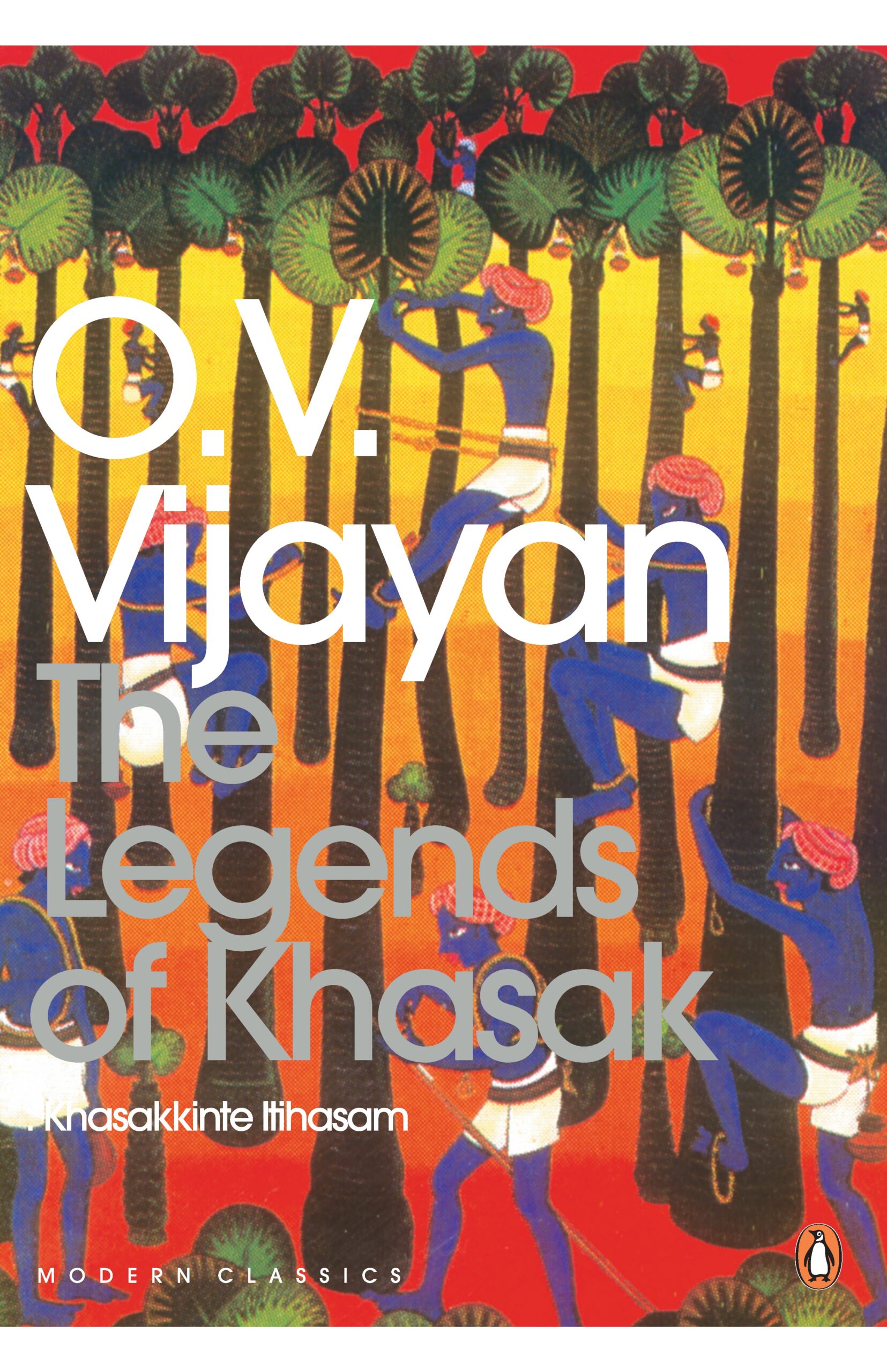
In the heart of Kerala’s literary landscape lies The Legends of Khasak, a novel by O.V. Vijayan. Originally composed in Malayalam, this novel is a literary masterpiece that takes readers on a journey to the mystical village of Khasak. Through the protagonist Ravi’s experiences, the narrative explores the emotional and philosophical undercurrents of life in a remote village. It delves into the psychological and philosophical aspects of its characters, revealing the intricate web of emotions that bind them to their land, traditions, and to each other.
The significance of The Legends of Khasak lies in its ability to capture the soul of Kerala. The novel’s exploration of human emotions, intertwined with the mystical and the mundane, mirrors the essence of the state’s cultural heritage. Kerala’s deep-rooted spirituality, devotion to tradition, and inclination towards introspection are all beautifully depicted within the pages of Vijayan’s work. As we immerse ourselves in this novel, we are transported to the heart of Kerala’s landscapes, emotions, and values. It stands as a testament to the power of literature in conveying the essence of a place, and the translation ensures that readers from around the world can partake in the profound experience.
3. Karnataka: Cultural Richness in “Ghachar Ghochar”
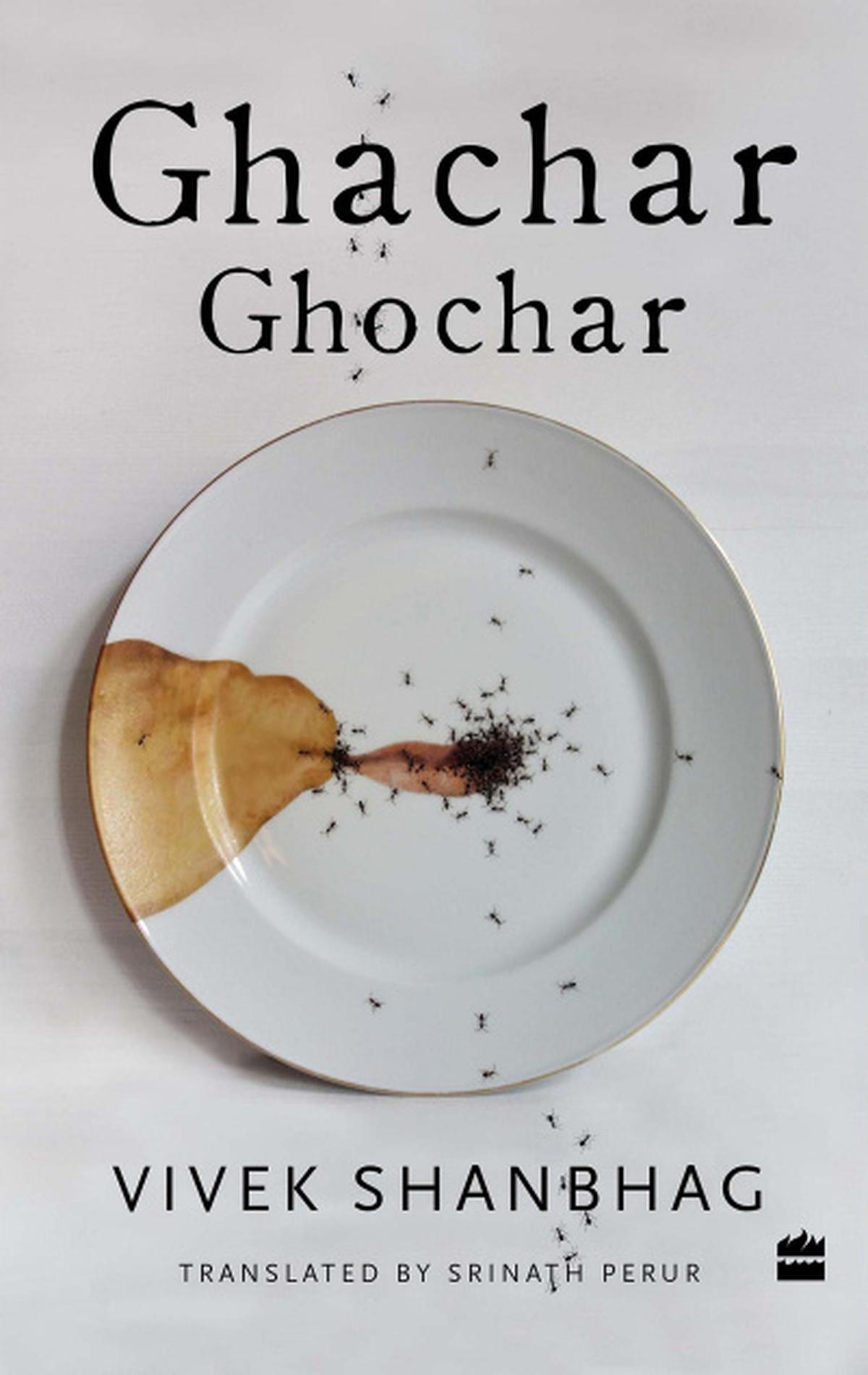
Originally composed in Kannada by the excellent Vivek Shanbhag, this novella explores the intricacies of a middle-class family as their fortunes shift. The narrative follows the life of a family whose dynamics change drastically after newfound prosperity. The story artfully captures the shifting power dynamics, the evolving relationships, and the complex web of emotions that emerge in the wake of change. The title itself, derived from a nonsensical phrase, captures the essence of the inexplicable changes that the characters experience. Through this lens, Shanbhag provides readers with an intimate look into the evolving dynamics of a family and society.
The beauty of Ghachar Ghochar lies in its ability to authentically depict the subtle nuances of Karnataka’s societal fabric. The novel’s exploration of changing family dynamics reflects the state’s transition from agrarian roots to a more urbanised and globalised society. Shanbhag’s masterful storytelling serves as a mirror to Karnataka’s journey through modernity, allowing readers to witness the state’s cultural evolution. Through the lives of its characters, the novella presents a microcosm of the state’s society, traditions, and values.
4. Maharashtra: Contemporary Struggles in “Kari”

Among Maharashtra’s literary gems, Kari by Amruta Patil, is a testament to the state’s evolving narrative. Originally a graphic novel in Marathi, Kari is a unique exploration of self-discovery and gender identity in contemporary urban India. The book delves into the journey of its eponymous protagonist, Kari, as she grapples with the complexities of her own identity. Kari explores questions of self-acceptance, societal norms, and the search for authenticity. The protagonist Kari’s journey mirrors the broader shifts in society, echoing the challenges faced by individuals navigating their identities in a rapidly changing world.
Kari dazzles in its capacity to reflect the evolving ethos of Maharashtra. The graphic novel format, while contemporary, doesn’t overshadow the profound connection the story shares with Maharashtra’s rich literary history. Through its portrayal of urban life and individual struggles, Kari captures the spirit of modern Maharashtra, making it a representation of the state’s heritage and contemporary narrative.
5. Gujarat: Culture and Expression in “Saraswatichandra”
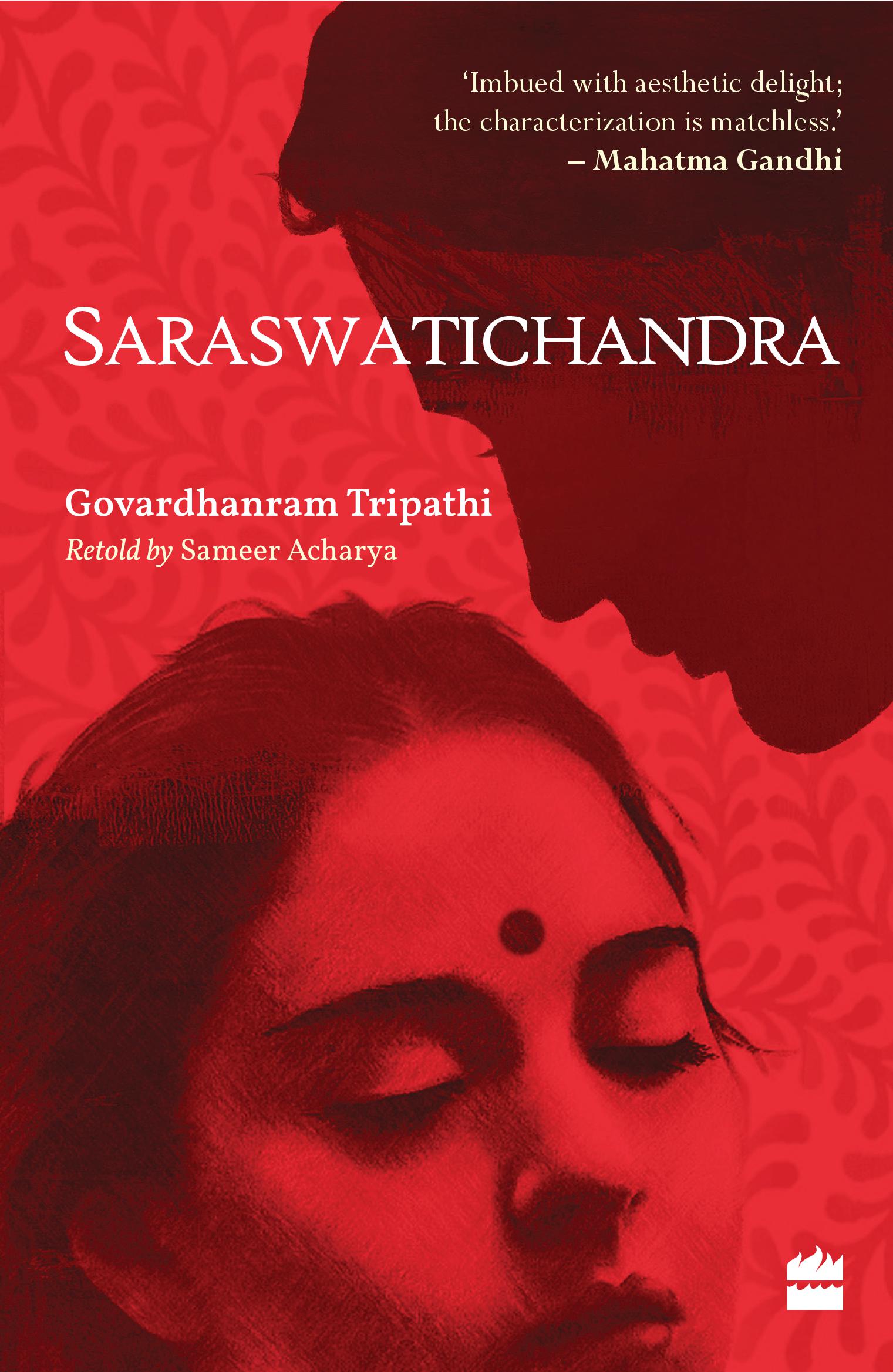
In the pantheon of Gujarat’s literary treasures, Saraswatichandra by Govardhanram Tripathi stands tall. Penned during the 19th century, this magnum opus unfolds a tale of human emotions, societal dynamics, and cultural ethos. The narrative traverses the lives of its characters against the backdrop of a changing world, presenting a microcosm of Gujarat’s evolving identity. Saraswatichandra explores love, sacrifice, family honour, and societal norms, often in conflict with individual aspirations. Through the intricate interplay of its characters, the novel delves into the dilemmas faced by its protagonists, reflecting the challenges of a society in flux.
The significance of Saraswatichandra lies in its ability to encapsulate Gujarat’s historical values, traditions, and societal transitions. Tripathi’s portrayal of a changing society, interwoven with timeless human emotions, offers a glimpse into the collective consciousness of Gujarat. The novel is a testament to the state’s literary legacy, representing its cultural heritage and the intricate tapestry of emotions that define Gujarat’s narrative.
6. Punjab: Partition Pain in “Toba Tek Singh”
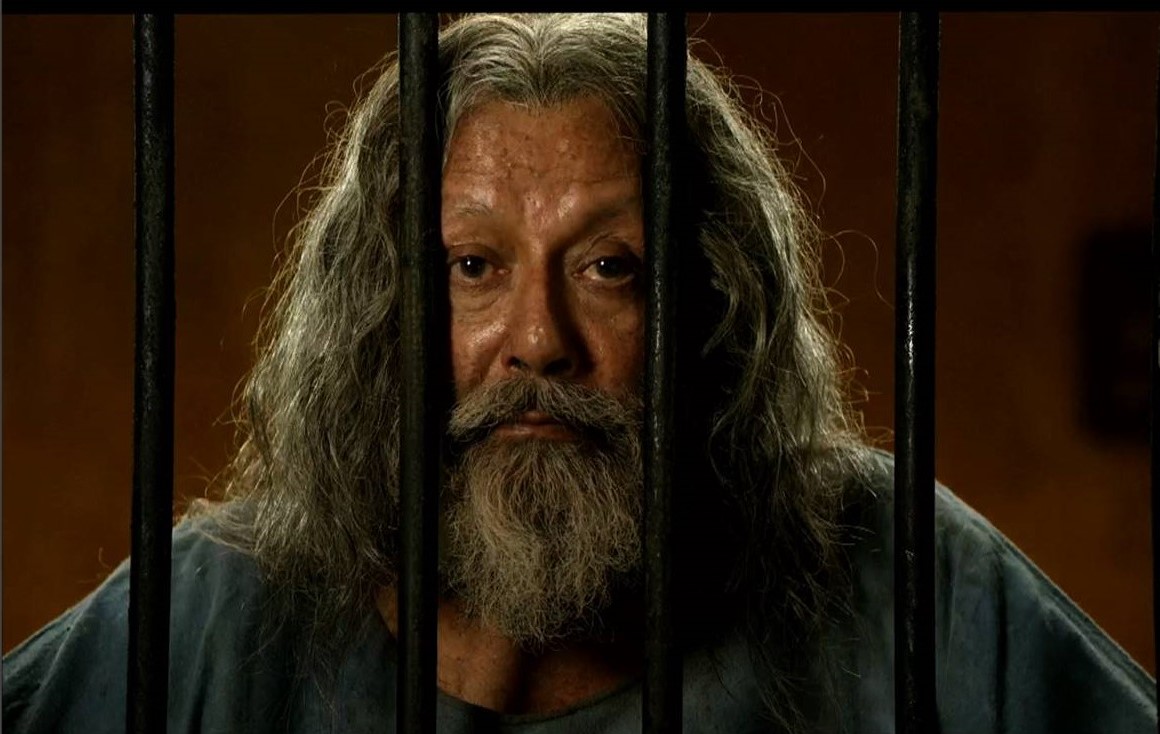
In the heart of Punjab’s literary narrative stands Toba Tek Singh, a poignant short story by Saadat Hasan Manto. Originally penned in Urdu, this story presents an evocative portrayal of the partition of India in 1947. The tale unfolds within the confines of a mental asylum, where the protagonist Bishan Singh remains in a state of limbo between India and Pakistan, emblematic of the tragedy of the partition. This story mirrors the absurdity of communal conflicts and their impact on individuals and communities. Manto’s stark depiction of the asylum inmates’ inability to comprehend the new borders captures the turmoil and confusion that marked the Indian partition.
Toba Tek Singh’s portrayal of the partition’s aftermath is in-your-face and raw. The story encapsulates Punjab’s collective trauma, reflecting the pain, loss, and bewilderment experienced by those affected by the division. Manto’s story serves as a reminder of the shared history and the profound impact that historical events can have on individual lives. As we delve into Toba Tek Singh, we confront the depth of Punjab’s history and the trauma of partition. The story stands as a poignant representation of Punjab’s literary heritage, capturing the pain of a state torn apart and the enduring legacy of its people.
7. Uttar Pradesh: Rural Realities in “Godan”
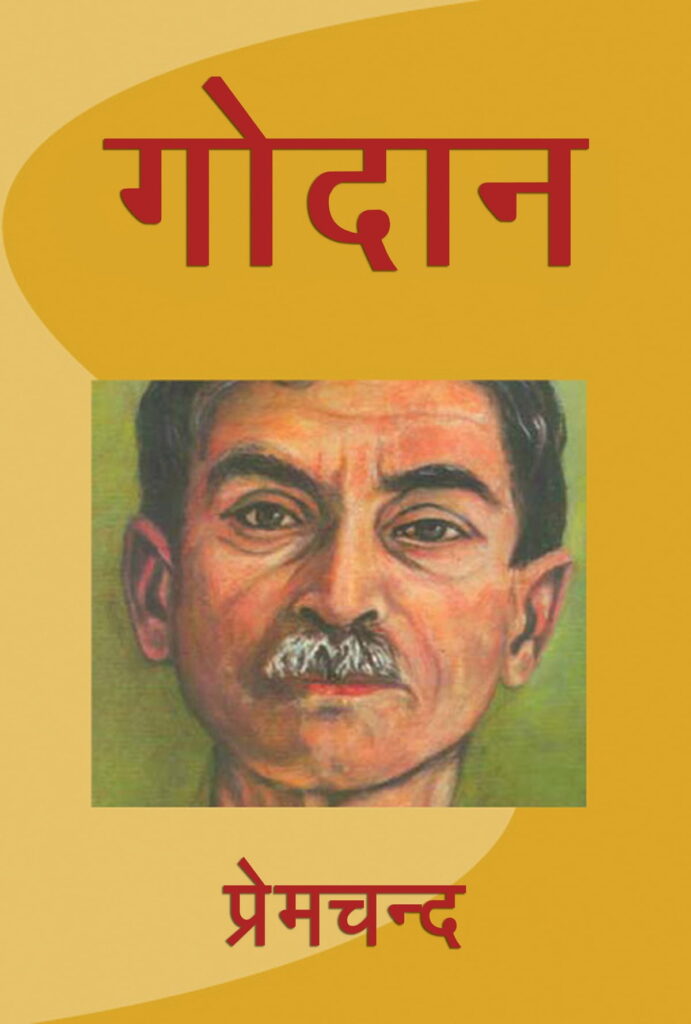
One of the towering achievements in Uttar Pradesh’s literary landscape is Godan, a monumental novel by Premchand. Originally written in Hindi, this work delves into the intricacies of rural life, encapsulating the challenges faced by agrarian communities. Through the lens of its characters and their experiences, Godan paints a vivid portrait of pre-independence Indian society. It delves into themes that resonate deeply with Uttar Pradesh’s historical and cultural fabric. The novel delves into issues of landlessness, poverty, and the struggle for survival among rural communities. Its characters reflect the complexities of societal norms, class divisions, and the human quest for dignity. Set against the backdrop of pre-independence India, the story illuminates the stark divide between the privileged and the marginalized.
The significance of Godan lies in its portrayal of Uttar Pradesh’s rural milieu and its timeless relevance. Premchand’s narrative powerfully captures the socio-economic dynamics, the bond between the land and its people, and the complexities of human relationships. The novel holds up a mirror to the challenges faced by the state’s rural communities, serving as a testament to Uttar Pradesh’s social and cultural dynamics. As we delve into this novel, we journey through the heart of Uttar Pradesh’s rural landscape and its intrinsic connection to regular human experiences.
8. Bihar: History and Identity in “Raag Darbari”
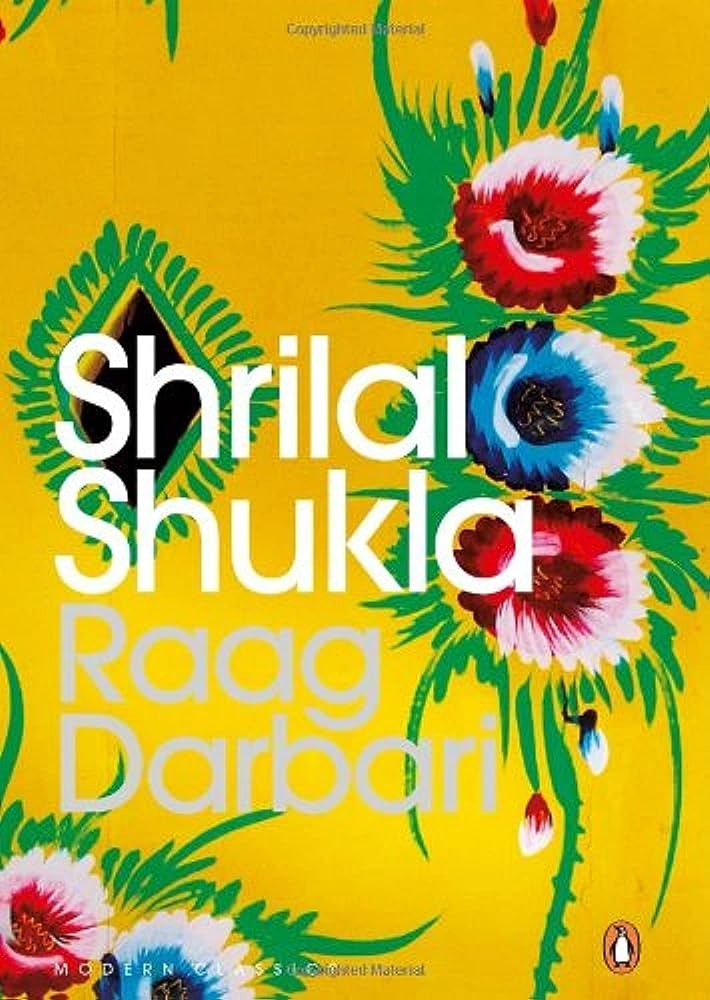
At the heart of Bihar’s literary realm stands Raag Darbari, an opus by Shrilal Shukla that unravels the intricate layers of the state’s reality. It is an exploration of the rural hinterlands, delving into the political landscape of a fictitious village and presenting a satirical view of societal dynamics. The story follows the protagonist, Ranganath, a young graduate who visits his uncle, the village’s influential landlord. As he immerses himself in the village’s intrigues, he becomes a keen observer of the power games, corruption, and entangled relationships that define its existence. The novel navigates through his experiences, interactions with villagers, and insights into the complex web of socio-political norms.
The novel’s significant narrative strand lies in its portrayal of the rural-urban dichotomy. Through Ranganath’s eyes, the readers witness the stark contrast between his urban upbringing and the raw realities of the village. This dichotomy serves as a mirror to Bihar’s societal complexity, addressing the chasm between modern aspirations and traditional practices. The narrative lens focuses on socio-economic disparities, moral dilemmas, ethical quandaries, and the tension between individual desires and societal obligations. Raag Darbari doesn’t shy away from critiquing the prevailing power structures and their impact on the lives of the marginalised. The novel’s portrayal of corruption, political manipulation, and the nexus between influential figures underscore its significance in reflecting Bihar’s socio-political climate.
Also Read: Shrilal Shukla’s The Selected Satire: Fifty Years of Ignorance
9. Assam: Cultural Diversity in “The Man from Chinnamasta”

Within Assam’s literary realm, The Man from Chinnamasta by Indira Goswami is a testament to the state’s intricate narratives. Originally written in Assamese, this novel explores the complexities of human emotions against the backdrop of the region’s cultural and historical canvas. The narrative delves into the relationship between Dorothy Brown and a tantric of the Kamakhya temple in Assam, navigating the complexities of identity, belonging, and the clash between tradition and modernity.
The significance of The Man from Chinnamasta lies in its portrayal of Assam’s multi-layered identity. Sivakanta Bordoloi’s narrative not only reflects the region’s cultural nuances but also showcases its interactions with the larger world. The novel acts as a window into Assam’s social intricacies, cultural diversity, and ability to foster profound connections between its people and their heritage. As we immerse ourselves in the world of The Man from Chinnamasta, we journey through Assam’s rich tapestry of emotions and experiences.
10. West Bengal: Intellectual Discourse in “Gora”

Among West Bengal’s literary gems, Rabindranath Tagore’s Gora shines as a quintessential work. Penned in Bangla, this novel is a saga that traverses the complexities of identity, nationalism, and societal transformation. Set against the backdrop of 19th-century Bengal, Gora follows the transformative journey of its eponymous protagonist, offering insights into the complexities of identity and nationalism. Raised as a staunch nationalist, Gora’s unwavering beliefs are put to the test as he encounters Binoy, a young man with a contrasting perspective. Through debates, dialogues, and introspection, Gora confronts his biases and evolves into a more nuanced understanding of societal dynamics. The novel traverses themes of caste, religion, nationalism, and self-discovery, mirroring the intellectual currents of Bengal’s intellectual and cultural landscape.
The significance of Gora lies in its portrayal of West Bengal’s intricate cultural tapestry and the evolution of its intellectual discourse. Rabindranath Tagore’s narrative brilliance captures the interplay of tradition and modernity, the clash of ideologies, and the emergence of a more inclusive understanding of identity. One of the most pivotal aspects of the novel is the evolving relationship between Gora and Binoy. This dynamic encapsulates the broader theme of unity within diversity, where characters from differing backgrounds and ideologies learn to coexist and appreciate each other’s viewpoints. Through Gora’s journey, we witness the evolution of not only a character but also a state’s collective consciousness, encapsulating the intellectual pulse that West Bengal has nurtured for generations.

